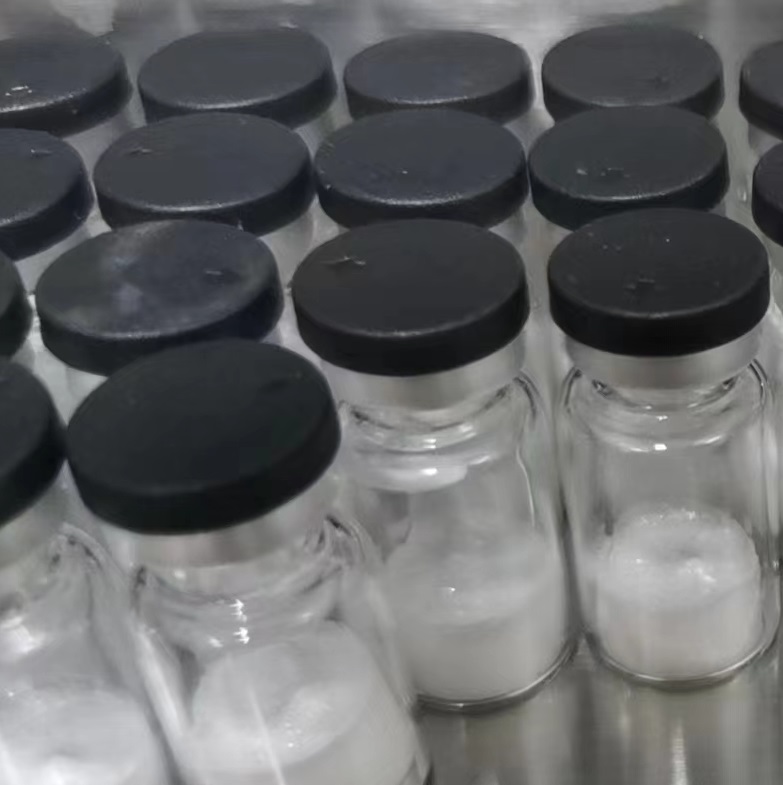-
Categories
-
Pharmaceutical Intermediates
-
Active Pharmaceutical Ingredients
-
Food Additives
- Industrial Coatings
- Agrochemicals
- Dyes and Pigments
- Surfactant
- Flavors and Fragrances
- Chemical Reagents
- Catalyst and Auxiliary
- Natural Products
- Inorganic Chemistry
-
Organic Chemistry
-
Biochemical Engineering
- Analytical Chemistry
- Cosmetic Ingredient
-
Pharmaceutical Intermediates
Promotion
ECHEMI Mall
Wholesale
Weekly Price
Exhibition
News
-
Trade Service
Type 1 diabetes is a chronic autoimmune disease with complex etiologies, including underlying epigenetic regulation
.
Previous epigenomics studies have mainly focused on clinically diagnosed individuals
Methods: Using simplified representative bisulfite sequencing method, 7 patients with type 1 diabetes autoantibody positive and 2 2 6 patients with age, sex, risk, and birthplace matched control group were used to purify CD4+ CD4+ peripheral blood mononuclear cells.
Study of DNA methylation levels in T cells, CD8+ T cells and CD4HLACD8
.
Results The DNA methylation levels of CD4+ T cells, CD8+ T cells and CD4−CD8− cell components in peripheral blood mononuclear cells of 7 patients with type 1 diabetes mellitus and 226 normal controls were not significant.
Results: We identified 79, 56 and 45 differentially methylated regions in CD4+ T cell, CD8+ T cell and CD4−CD8− cell fractions between T1DM autoantibody-positive individuals and controls, respectively
.
Analysis of pre-seroconversion samples identified DNA methylation signatures early in the disease, including differential methylation of the IRF5 promoter in CD4+ T cells
Conclusions: These preliminary results provide new insights into the cell-type-specific differential epigenetic regulation of genes that may contribute to the pathogenesis of type 1 diabetes at very early stages of disease development
.
If these findings are confirmed, they could be potential markers useful for disease prediction and management
Source: Starskaia I, Laajala E, Grönroos T, et al.
leave a message here







